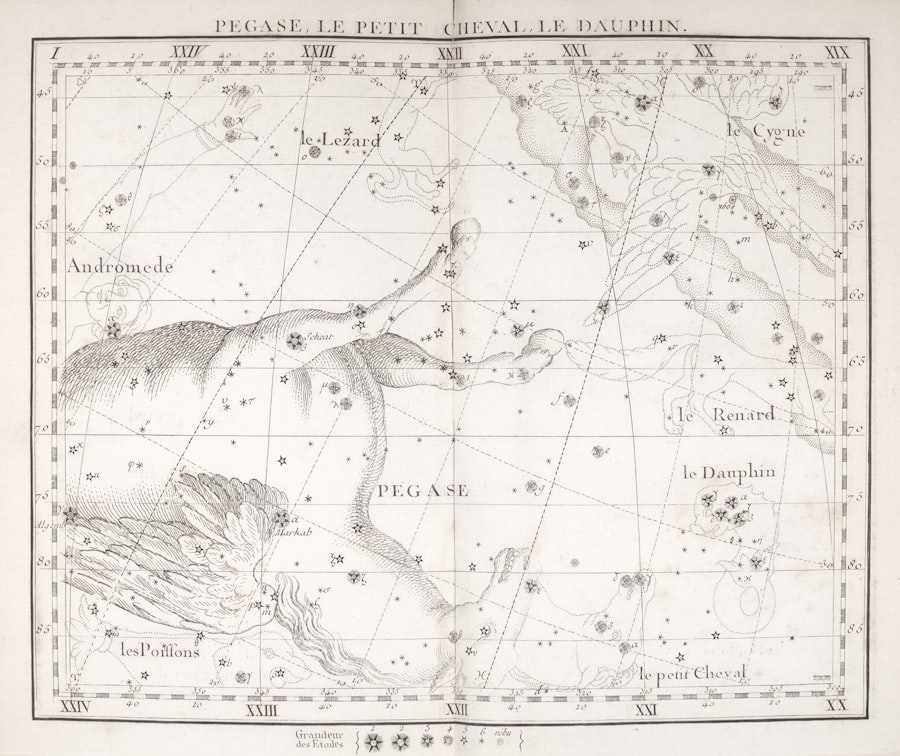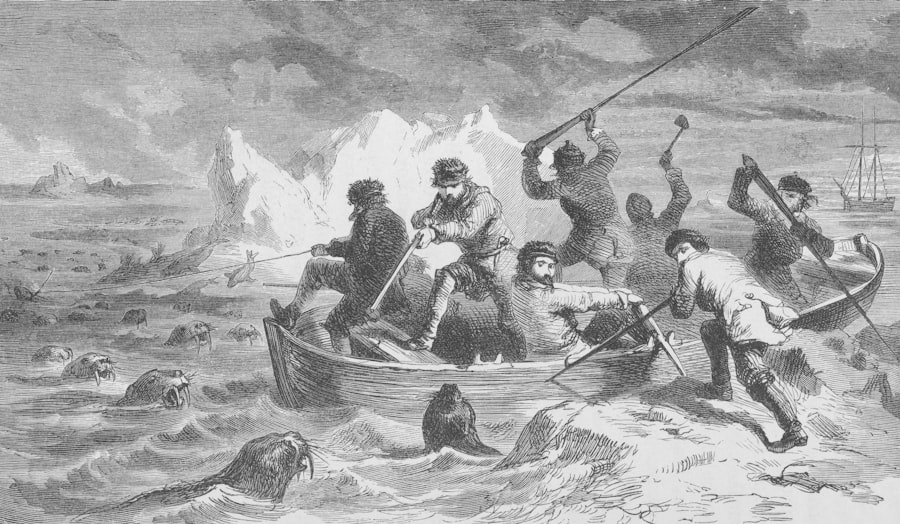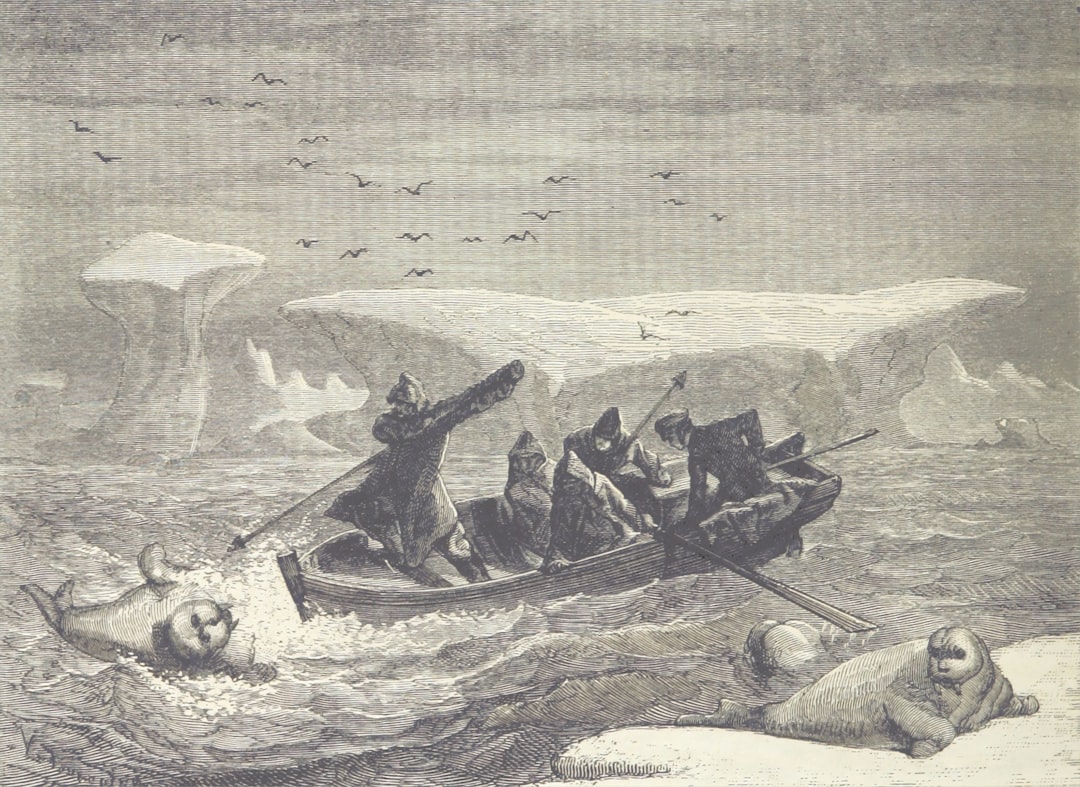The Drake Passage, a body of water that separates South America from Antarctica, is renowned for its tumultuous seas and rich biodiversity. Named after the English explorer Sir Francis Drake, who navigated these waters in the late 16th century, the passage has become a focal point for adventurers, scientists, and environmentalists alike. Its strategic location serves as a critical conduit for ocean currents and marine life, making it an area of immense ecological and climatic significance.
The passage is not only a gateway to the Antarctic but also a testament to the power of nature, with its unpredictable weather patterns and formidable waves that have challenged even the most seasoned mariners. As one of the most notorious maritime routes in the world, the Drake Passage has captured the imagination of many. It is often described as a rite of passage for those seeking to explore the Antarctic region.
The passage’s reputation for rough seas has led to a mix of awe and trepidation among sailors and researchers. Despite its challenges, the Drake Passage remains an essential area for scientific study, offering insights into climate change, oceanography, and marine ecosystems. The allure of its wild beauty and the mysteries it holds continue to draw explorers and scientists eager to uncover its secrets.
Key Takeaways
- Drake Passage is a narrow body of water between South America’s Cape Horn and the South Shetland Islands of Antarctica, known for its treacherous waters and strong winds.
- The geography of Drake Passage is characterized by its deep oceanic trench, strong currents, and the Antarctic Circumpolar Current, which makes it a crucial link between the Pacific, Atlantic, and Indian Oceans.
- The history of exploration in Drake Passage is marked by the daring expeditions of early explorers like Sir Francis Drake and the challenges they faced in navigating the passage.
- The wildlife of Drake Passage is diverse and includes various species of seabirds, whales, seals, and penguins, making it a hotspot for ecotourism and scientific research.
- Drake Passage plays a crucial role in global climate by facilitating the exchange of cold Antarctic waters with warmer waters from the north, influencing ocean circulation and climate patterns worldwide.
The Geography of Drake Passage
Geographically, the Drake Passage spans approximately 800 kilometers (500 miles) between Cape Horn at the southern tip of South America and the Antarctic Peninsula. This narrow stretch of water is characterized by its deep oceanic trenches and strong currents, which are influenced by the confluence of the Atlantic, Pacific, and Southern Oceans. The passage’s depth varies significantly, with some areas plunging to over 4,000 meters (13,000 feet), creating a unique underwater landscape that supports diverse marine life.
The geography of the Drake Passage plays a crucial role in its weather patterns. The region is notorious for its rapidly changing conditions, where calm seas can quickly transform into violent storms. This unpredictability is largely due to the absence of land barriers that would typically moderate wind and wave action.
As a result, sailors navigating these waters must be prepared for anything, from serene sailing to fierce gales that can whip up towering waves. The interplay between ocean currents and atmospheric conditions makes the Drake Passage a fascinating subject for oceanographers and meteorologists alike.
The History of Exploration in Drake Passage

The history of exploration in the Drake Passage is rich and varied, marked by both triumphs and tragedies. Sir Francis Drake was one of the first Europeans to navigate these waters in 1578 during his circumnavigation of the globe. His journey opened up new routes for trade and exploration, paving the way for future expeditions to Antarctica.
Over the centuries, many explorers have ventured into the passage, driven by a desire to chart unknown territories and expand human knowledge of the southernmost regions of the Earth.
This period saw an influx of ships navigating the treacherous passage, often facing perilous conditions.
The legacy of these early explorers is still felt today, as their accounts provide valuable insights into the challenges of navigating this formidable stretch of ocean. Modern exploration has shifted towards scientific research, with researchers now focusing on understanding the ecological significance of the Drake Passage and its role in global climate systems.
The Wildlife of Drake Passage
| Species | Population | Conservation Status |
|---|---|---|
| Wandering Albatross | 10,000 pairs | Vulnerable |
| Antarctic Fur Seal | 3-4 million | Least Concern |
| Blue Whale | Unknown | Endangered |
| Antarctic Krill | Unknown | Least Concern |
The wildlife inhabiting the Drake Passage is as diverse as it is fascinating. The nutrient-rich waters support a plethora of marine species, including krill, which serves as a vital food source for larger animals such as whales, seals, and seabirds. The passage is particularly famous for its populations of humpback whales, orcas, and blue whales that migrate through these waters in search of food during certain seasons.
Birdwatchers are also drawn to the area, where they can observe various species such as albatrosses and petrels soaring above the waves. The unique ecosystem of the Drake Passage is not only important for its resident species but also plays a crucial role in maintaining global biodiversity. The convergence of different ocean currents creates an environment rich in nutrients that supports a complex food web.
This biodiversity is essential for maintaining healthy marine ecosystems and contributes to the overall health of our planet’s oceans. As researchers continue to study this area, they uncover new species and behaviors that highlight the importance of preserving this vital habitat.
The Importance of Drake Passage in Global Climate
The Drake Passage holds significant importance in understanding global climate patterns due to its role as a major conduit for ocean currents. The Antarctic Circumpolar Current flows through this passage, connecting the Atlantic, Pacific, and Indian Oceans while influencing global climate systems. This current plays a critical role in regulating temperatures and distributing heat across the planet, making it an essential component of Earth’s climate system.
Moreover, the passage acts as a barrier that helps maintain the cold temperatures of Antarctica. As warm water from lower latitudes encounters this cold water mass, it creates a dynamic interplay that affects weather patterns far beyond the region. Scientists study these interactions to gain insights into climate change and its potential impacts on global weather systems.
Understanding how changes in the Drake Passage may influence ocean currents can provide valuable information about future climate scenarios.
The Challenges of Navigating Drake Passage

Navigating the Drake Passage presents numerous challenges due to its unpredictable weather and treacherous sea conditions. Sailors often face strong winds that can reach speeds of over 100 kilometers per hour (62 miles per hour), creating towering waves that can exceed 15 meters (49 feet) in height. These conditions make it one of the most dangerous maritime routes in the world, requiring skilled navigation and preparedness from those who dare to traverse it.
In addition to rough seas, icebergs pose another significant hazard for vessels navigating through the passage. As glaciers calve from Antarctica, they create floating ice masses that can be difficult to detect until it is too late. Mariners must remain vigilant and employ advanced navigation technology to avoid collisions with these massive ice formations.
Despite these challenges, many adventurers are drawn to the thrill of crossing the Drake Passage, viewing it as a rite of passage into one of Earth’s last frontiers.
Recent Discoveries in Drake Passage
Recent explorations in the Drake Passage have led to exciting discoveries that enhance our understanding of this unique marine environment. Scientists have uncovered new species of marine life previously unknown to science, highlighting the biodiversity that thrives in these cold waters. These discoveries underscore the importance of continued research in this region as climate change poses increasing threats to marine ecosystems.
Additionally, advancements in technology have allowed researchers to study ocean currents and temperature variations with greater precision than ever before. Data collected from buoys and underwater drones have provided valuable insights into how these factors influence marine life and global climate patterns. As researchers continue to explore this dynamic environment, they are likely to uncover even more secrets hidden within the depths of the Drake Passage.
The Potential for Scientific Research in Drake Passage
The Drake Passage offers immense potential for scientific research across various disciplines, including oceanography, biology, and climate science. Its unique geographical features and diverse ecosystems make it an ideal location for studying ocean currents and their effects on global climate systems. Researchers are particularly interested in understanding how changes in temperature and salinity may impact marine life and contribute to broader environmental shifts.
Moreover, ongoing studies in the passage can provide critical data on how climate change affects polar regions specifically. As ice melts and sea levels rise, understanding these changes becomes increasingly vital for predicting future environmental scenarios. The Drake Passage serves as a natural laboratory where scientists can observe firsthand how interconnected our planet’s systems are and how they respond to external pressures.
The Impact of Climate Change on Drake Passage
Climate change poses significant challenges for the delicate ecosystems within the Drake Passage. Rising ocean temperatures are altering species distributions and affecting food availability for marine life. For instance, warmer waters may lead to shifts in krill populations, which could have cascading effects on larger predators such as whales and seals that rely on them for sustenance.
Additionally, melting glaciers contribute to rising sea levels and increased freshwater input into the ocean, which can disrupt established currents and alter nutrient distribution patterns. These changes not only threaten local wildlife but also have implications for global climate systems due to their interconnected nature. As scientists continue to monitor these trends in the Drake Passage, they emphasize the urgent need for conservation efforts aimed at mitigating climate change impacts on this vital region.
Conservation Efforts in Drake Passage
Conservation efforts in the Drake Passage are crucial for protecting its unique ecosystems from human activities and climate change impacts. Various organizations are working collaboratively to establish marine protected areas (MPAs) that safeguard critical habitats for marine life while promoting sustainable fishing practices. These initiatives aim to balance ecological preservation with economic interests by ensuring that local communities can benefit from healthy marine resources.
Furthermore, international cooperation is essential for effective conservation strategies in this region. Agreements such as the Antarctic Treaty System provide a framework for collaborative research and protection efforts among nations with interests in Antarctica and surrounding waters. By fostering partnerships between governments, scientists, and conservation organizations, stakeholders can work together to address pressing environmental challenges facing the Drake Passage.
The Future of Drake Passage Exploration
The future of exploration in the Drake Passage holds great promise as advancements in technology continue to enhance our understanding of this remote region. With improved satellite imagery, underwater drones, and autonomous research vessels becoming more prevalent, researchers can conduct more comprehensive studies with greater efficiency than ever before. These innovations will likely lead to new discoveries about marine life and ocean dynamics within this critical area.
Moreover, as awareness grows regarding climate change’s impact on polar regions, there will be an increasing emphasis on research initiatives aimed at understanding these changes better. The Drake Passage will remain a focal point for scientists seeking to unravel the complexities of our planet’s climate system while advocating for conservation efforts that protect its fragile ecosystems. As exploration continues in this remarkable region, it will undoubtedly yield valuable insights that contribute to our collective knowledge about Earth’s oceans and their vital role in sustaining life on our planet.
The Drake Passage, a crucial waterway connecting the Atlantic and Pacific Oceans, has long fascinated explorers and scientists alike. A recent article on MyGeoQuest delves into the historical significance and the modern-day implications of this discovery. The piece highlights the challenges faced by early explorers and the passage’s role in global ocean circulation. For more in-depth information, you can read the full article on MyGeoQuest by following this link.
WATCH NOW! Drake Passage: Earth’s Deadliest Waters Revealed
FAQs
What is the Drake Passage?
The Drake Passage is the body of water between the southern tip of South America and the northern tip of the Antarctic Peninsula. It connects the Atlantic and Pacific Oceans.
What was discovered in the Drake Passage?
The article “Drake Passage Discovery” does not exist. However, the Drake Passage is known for its strong winds and rough seas, making it a challenging and important route for scientific research and exploration.
Why is the Drake Passage significant?
The Drake Passage is significant because it is the shortest and most direct route between Antarctica and the rest of the world. It also plays a crucial role in the circulation of the world’s oceans and climate.
What kind of research is conducted in the Drake Passage?
Research in the Drake Passage includes studies on oceanography, marine biology, climate change, and atmospheric science. Scientists are particularly interested in the passage’s role in global ocean circulation and its impact on climate.
